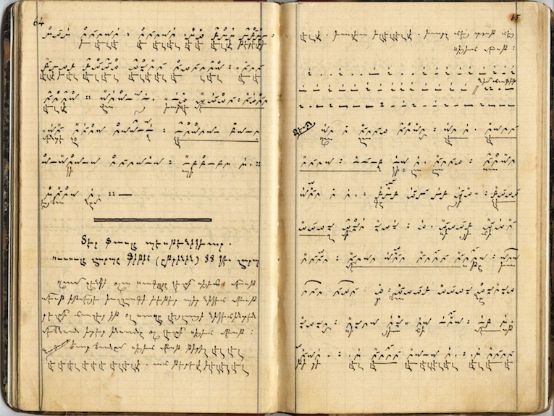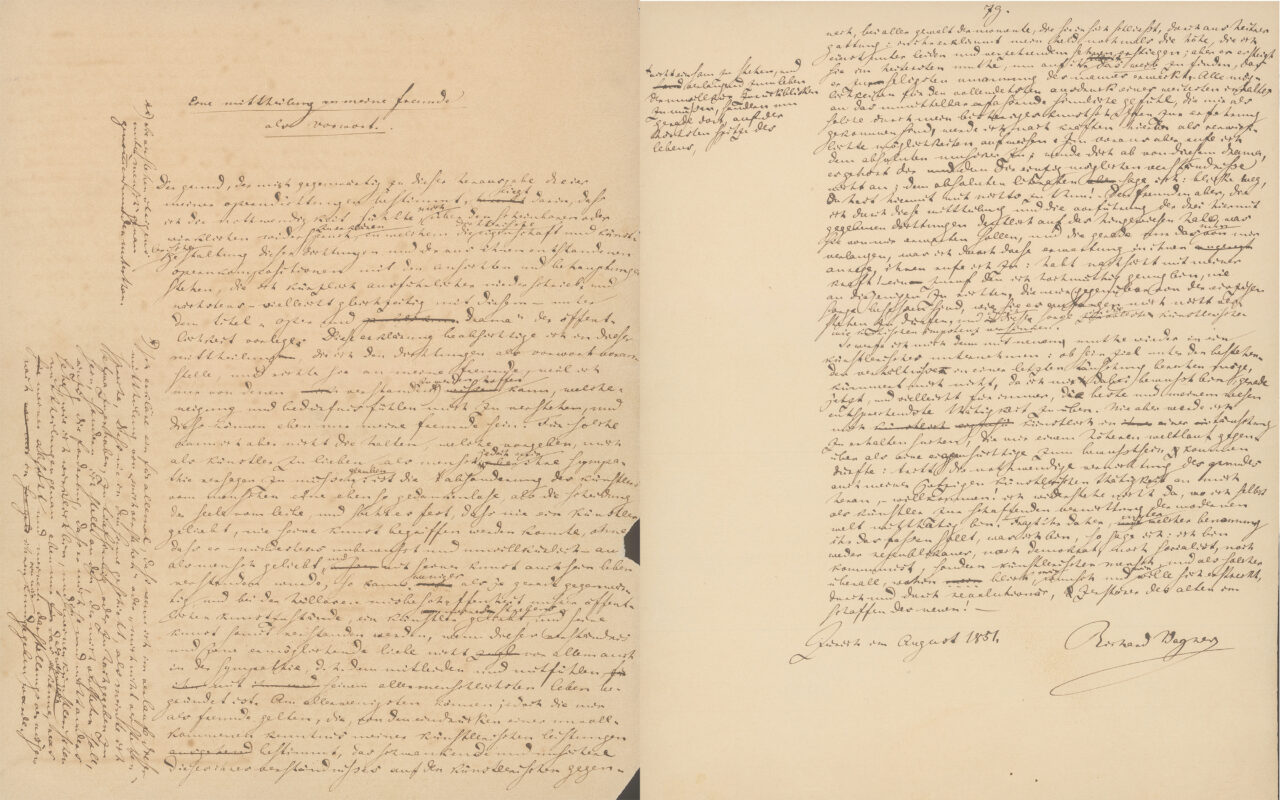Edition of Near Eastern music manuscripts
As part of the "Corpus Musicae Ottomanicae" (CMO) project funded by the German Research Foundation, the Orient-Institut Istanbul of the Max Weber Foundation and the Institute of Musicology at the Westfälische Wilhelms-Universität Münster intend to critically edit music manuscripts from the Ottoman Empire.

According to the Max Weber Foundation, the repertoire of courtly and urban art music in the Ottoman Empire was recorded in an increasing number of manuscripts from the 19th century onwards - in a notation developed before 1812. Western notation was also increasingly used from the mid-1830s. The critical edition and editing of the manuscript holdings in both forms of notation is intended to enable the transmission of an art music culture that was cultivated until the early 20th century in the metropolises of present-day Turkey as well as in the urban centers of Syria and Egypt.
The aim of the long-term project is to produce critical editions of the central manuscripts in Hamparsum notation from the 19th century in a first project phase. The second phase is primarily dedicated to the critical edition of selected manuscripts written in Western notation from this period. The song texts will be edited in parallel in an interdisciplinary network.
As an open access publication, the CMO edition is published by the editorial team perspectivia.net (Max Weber Foundation); in addition, the editions of the individual manuscripts will be available as book-on-demand editions. The project, led by Ralf Martin Jäger, an expert in ethnomusicology from the Institute of Musicology at the University of Münster, is being carried out in Münster, Istanbul and Bonn and is supported by an international academic advisory board.







